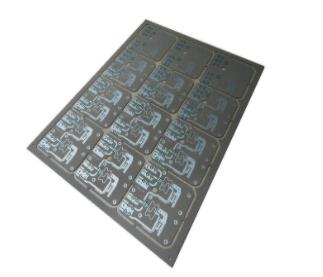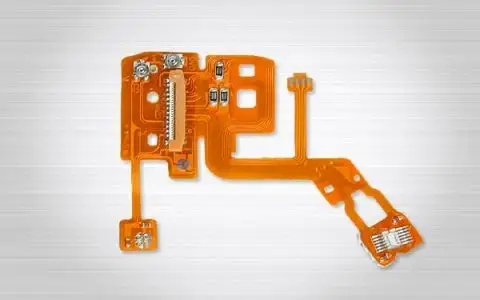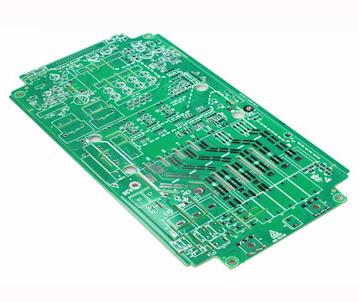
Overview of substrate materials and prepreg for multilayer board
Circuit board manufacturing, circuit board design and PCBA processing manufacturers will explain the overview of substrate materials and prepreg for multilayer boards
Multilayer boards, especially HDI multilayer boards, currently use a variety of substrate materials. However, at present, epoxy glass fiber cloth based substrate materials are still the mainstream. Therefore, the following focuses on the variety and performance of this kind of substrate materials for multilayer boards.
The inner core thin FR-4 copper clad laminate and FR-4 semi curing are essential raw materials in the production of general multilayer boards. At present, the total consumption of both has exceeded the consumption of FR-4 CCL for single and double sided PCB in the world. A Taiwan multilayer board expert once summarized the quality objectives to be achieved by the pressing and forming of multilayer boards as follows:
1: Thickness of insulation layer: provide relevant electrical insulation, impedance control and glue filling of inner line.
2: Resin bonding: It can provide strong bonding with the inner blackened (or browned) layer and the outer copper foil, so that it can be firmly bonded together.

3: Dimensional stability: the dimensional change of each inner layer plate is consistent to ensure the coincidence (alignment) of each layer of hole ring and through hole
4: Flatness of the board: maintain the flatness of the board and overcome warping.
The above four items are actually the functions of inner core thin FR-4 type copper clad laminate and FR-4 type prepreg in multilayer board manufacturing and quality assurance. As a semi solidified sheet, its specific functions are: to provide insulation medium for the combination of inner and outer layers of multilayer boards; Provide the thickness of multilayer plates; Provide the guarantee of electrical insulation (including the filling of the gap between the lines in the inner layer) and characteristic impedance accuracy control.
Overview of prepreg of multilayer board
Semi cured sheet is a kind of sheet material composed of resin and reinforcement materials. Reinforcing materials can be divided into glass cloth, paper base and other composite materials. At present, glass cloth is mostly used as the reinforcing material for the semi-solid sheet used in the manufacturing of multilayer circuit boards. Therefore, we will mainly discuss the glass cloth reinforced prepreg.
As the main material used in the manufacturing of multilayer boards, the semi curing sheet is a thin material made of treated glass fiber cloth, impregnated with resin glue, and then pre baked to make the resin enter stage B.
The surface treatment of the glass cloth selected in the prepreg is to apply a special coupling agent on its surface to improve the adhesion between the glass cloth and the resin.
In glass cloth, the length direction of the cloth roll is called the warp direction, and the yarn in the warp direction is also called "warp"; The direction perpendicular to it is the weft direction, and the corresponding yarn count is "weft".
The unit number of warp and weft yarns in various glass fabrics is different, so there are 106, 1080, 2116, 7628 and other types of glass fabrics. Accordingly, the thickness of each kind of glass cloth after lamination is different.
The resins used in the prepreg mainly include epoxy resin, bismaleimide/triazine, polyimide, etc. The corresponding adhesive sheets are called FR-4, BT, PI and other different brands, and their physical and electrical properties are different.
In the production process of adhesive sheet, its resin is generally divided into the following three stages:
Grade A: the liquid resin that can flow completely at room temperature. It is in this state when the glass cloth is dipped;
Level B: the epoxy resin is partially cross-linked in the semi curing state, and it can return to the liquid state again under the heating condition;
Level C: The resin is completely cross-linked. It will soften under heating and pressure, but it can no longer become a liquid. This is the final state of the semi cured sheet after the multilayer board is pressed. PCB manufacturing, PCB design and PCBA processing manufacturers will give you an overview of substrate materials and prepreg for multilayer boards.









